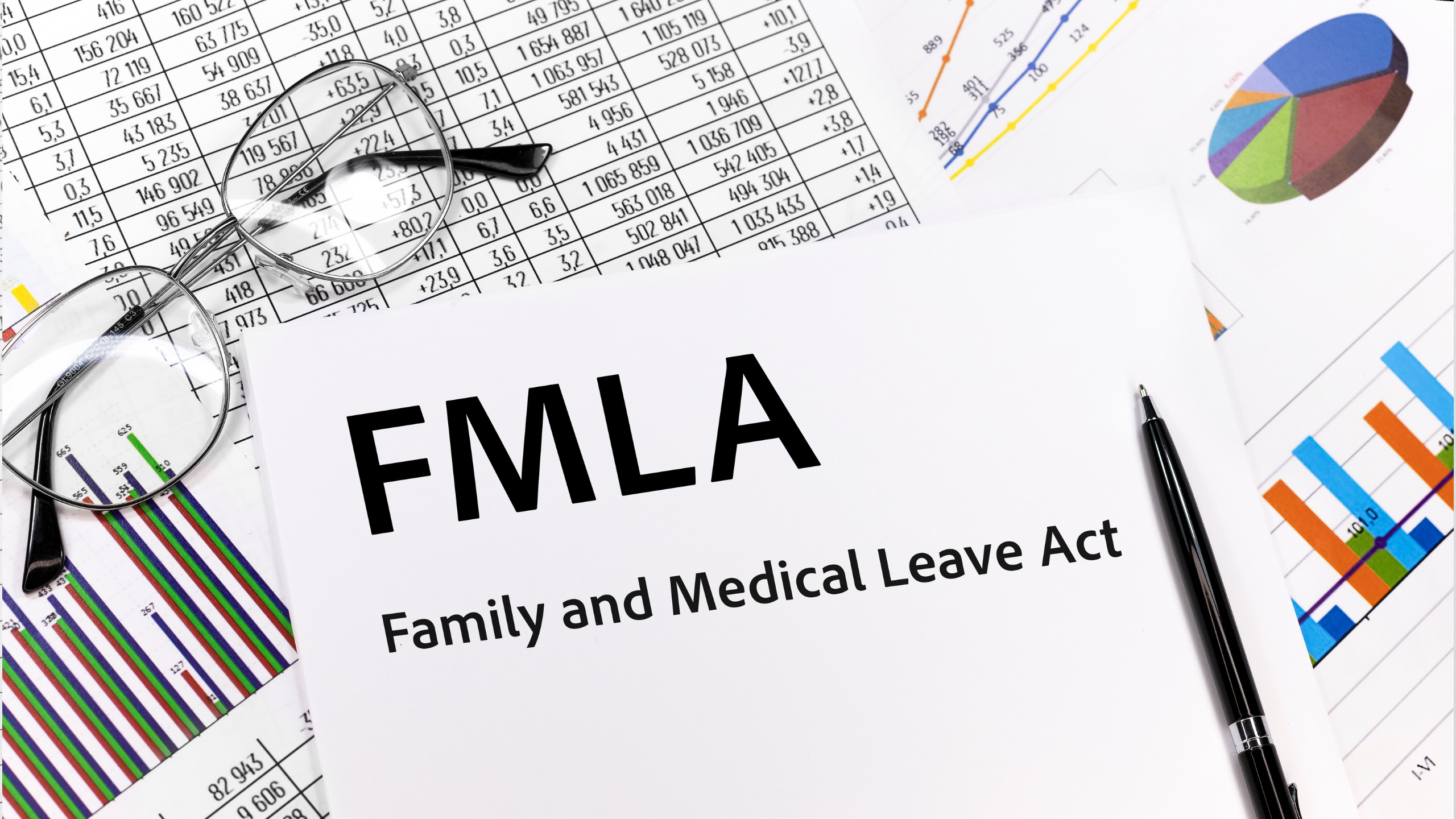
Can You Contact an Employee on FMLA Leave? What Employers Need to Know
One of your employees is returning from FMLA next month—and you’re wondering if it’s okay for their manager to reach out in the meantime. The short answer is yes, but with some important boundaries.
Employer-initiated contact during FMLA (Family and Medical Leave Act) is allowed, but it should be minimal and only for essential communication. Think logistical updates—like changes to worksite location, new operating hours, or confirming a return-to-work date. Occasional check-ins or well-wishes can also help maintain a positive connection. But overdoing it, even with good intentions, may come off as pressure and can risk violating FMLA protections.
Want to make sure your policies are legally sound? Explore our HR Compliance Services.
What’s Appropriate—and What’s Not
While staying connected can feel supportive, the key is to avoid anything that feels like work. That means no assignments, no asking for status reports, and no scheduling of formal meetings until the employee returns.
Here’s what’s okay:
-
A quick check-in to confirm return plans
-
Sharing major updates that may impact their return
-
Offering support or expressing goodwill (e.g., “We’re thinking of you!”)
Here’s what to avoid:
-
Asking the employee to join a Zoom meeting
-
Requesting input on work matters
-
Sending emails that require a reply
For official guidance, the U.S. Department of Labor outlines what’s covered under the FMLA. Check out their FMLA Fact Sheet here.
Have a Policy in Writing? You Should.
Clear policies around leave communication—like what managers can and cannot do—should be included in your employee handbook. If your current handbook doesn’t cover it, now’s the time to review and update. Here’s why an employee handbook is your secret weapon against workplace confusion.
Not sure your FMLA process is up to date? We can help. Schedule a free consultation to ensure you’re handling employee leave correctly—and legally.

